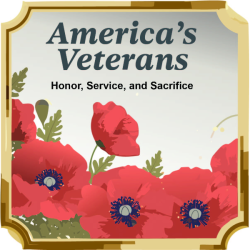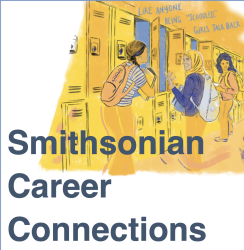Tracie Spinale
Learning Programs Manager
Smithsonian Institution
Middle School (13 to 15 years old), High School (16 to 18 years old), Post-Secondary
Teacher/Educator, Curriculum Coordinator, Parent, Museum Staff
Language Arts And English, Science, Social Studies, Arts, Special Education, Career and Tech Ed, Other
: Museum Studies
Tracie Spinale's collections
America’s Veterans: Honor, Service, and Sacrifice | A Smithsonian Guide
<p>“America’s Veterans: Honor, Service, and Sacrifice” is our twelfth educational activity guide produced in collaboration with USA TODAY. “America’s Veterans: Honor, Service, and Sacrifice,” is a tribute to veterans’ contributions and sacrifices. It covers the history of Veterans Day, personal stories, and the poppy's significance as a remembrance symbol. The guide explains military branches, the differences between Veterans Day and Memorial Day, and includes activities to honor veterans. It highlights veterans’ experiences, awards, and the importance of preserving their legacies through oral histories and artistic expressions. This guide is a valuable resource for appreciating veterans’ impact on American society. Included here are additional resources featured in the guide.</p>
<p>DOWNLOAD THE PRINT-FRIENDLY GUIDE: <a href="https://learninglab.si.edu/download/files/resource/6952701/America%E2%80%99s%20Veterans:%20Honor,%20Service,%20and%20Sacrifice%20%7C%20A%20Smithsonian%20Guide.pdf/" target="_blank">America’s Veterans: Honor, Service, and Sacrifice</a></p>
<p></p>
 Tracie Spinale
Tracie Spinale
157
Smithsonian Career Connections
<p>Check out the wide variety of careers available at the Smithsonian and Smithsonian-adjacent fields. From Art to Zoology and everything in-between--if you have a passion and interest--there's a STEAM career for you!</p>
 Tracie Spinale
Tracie Spinale
88



